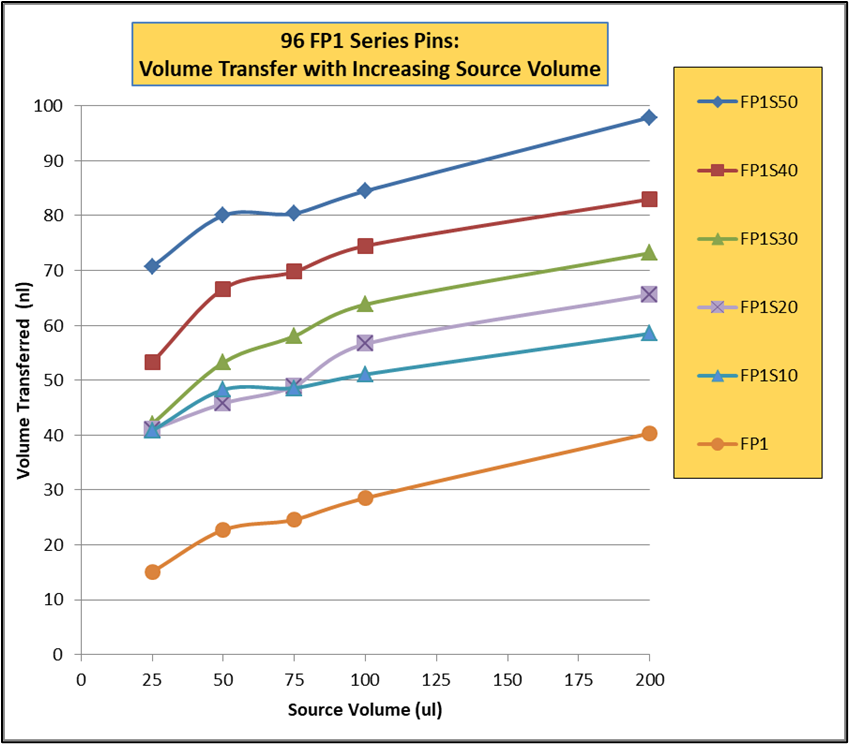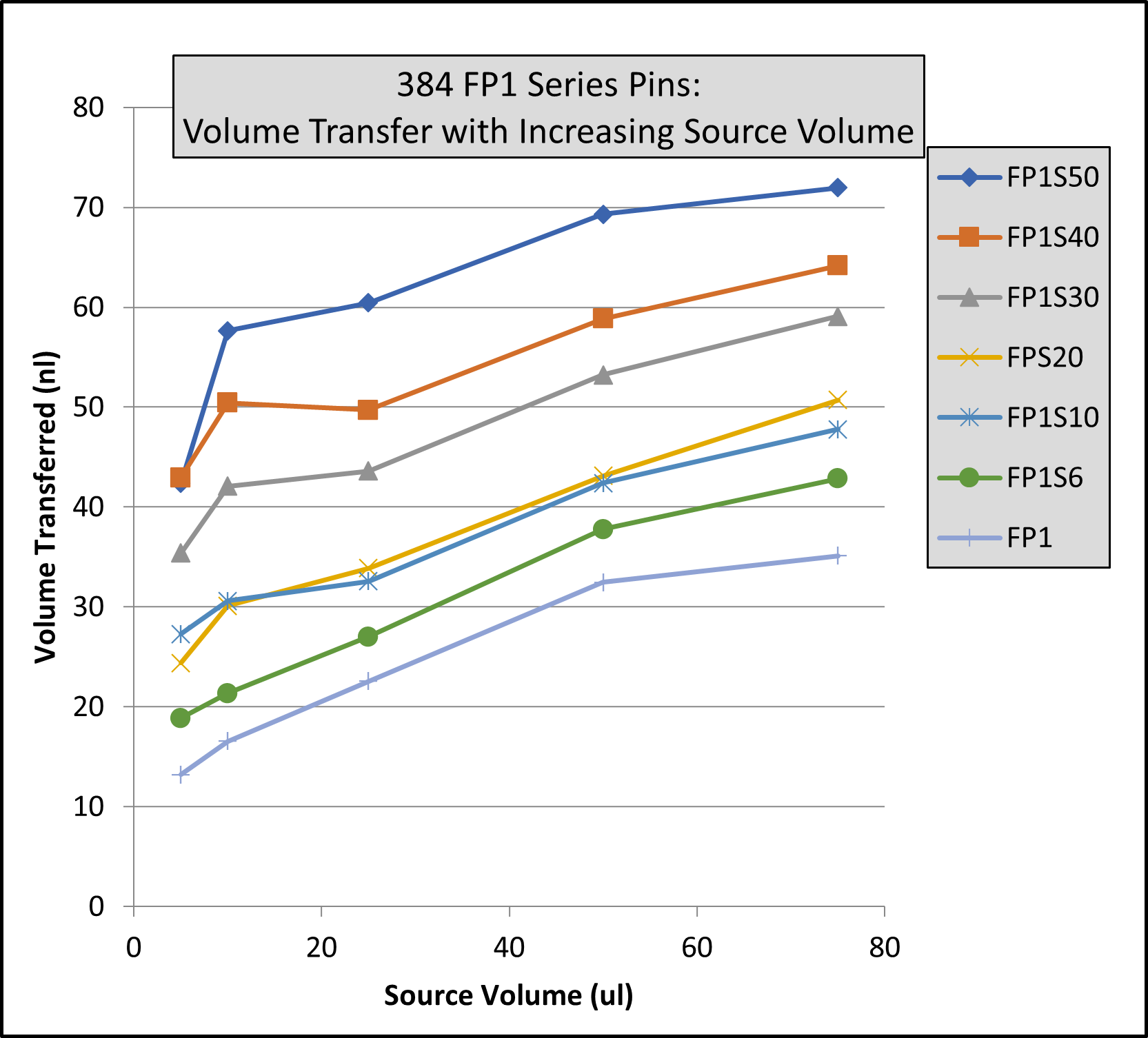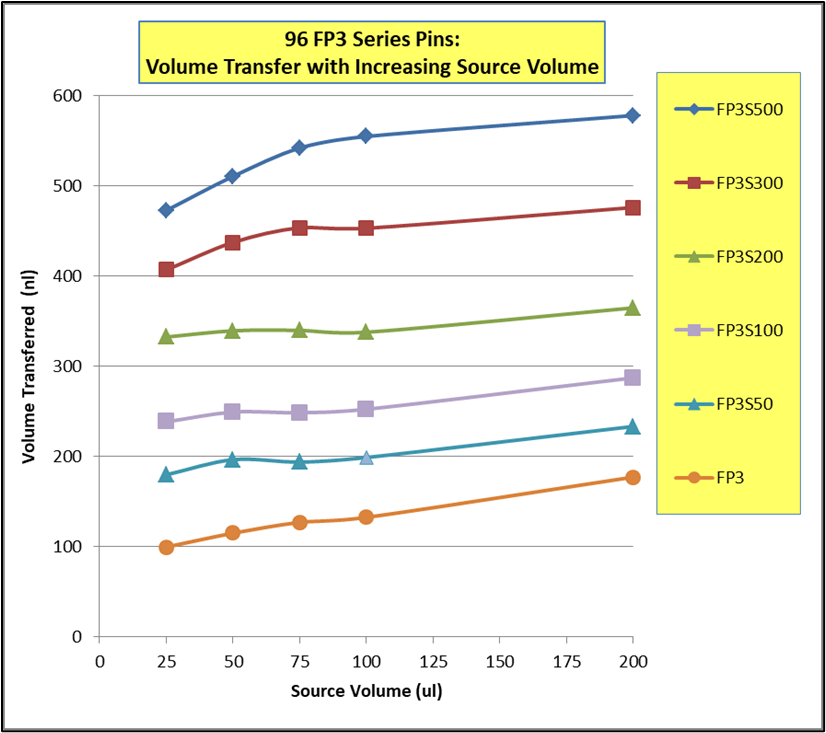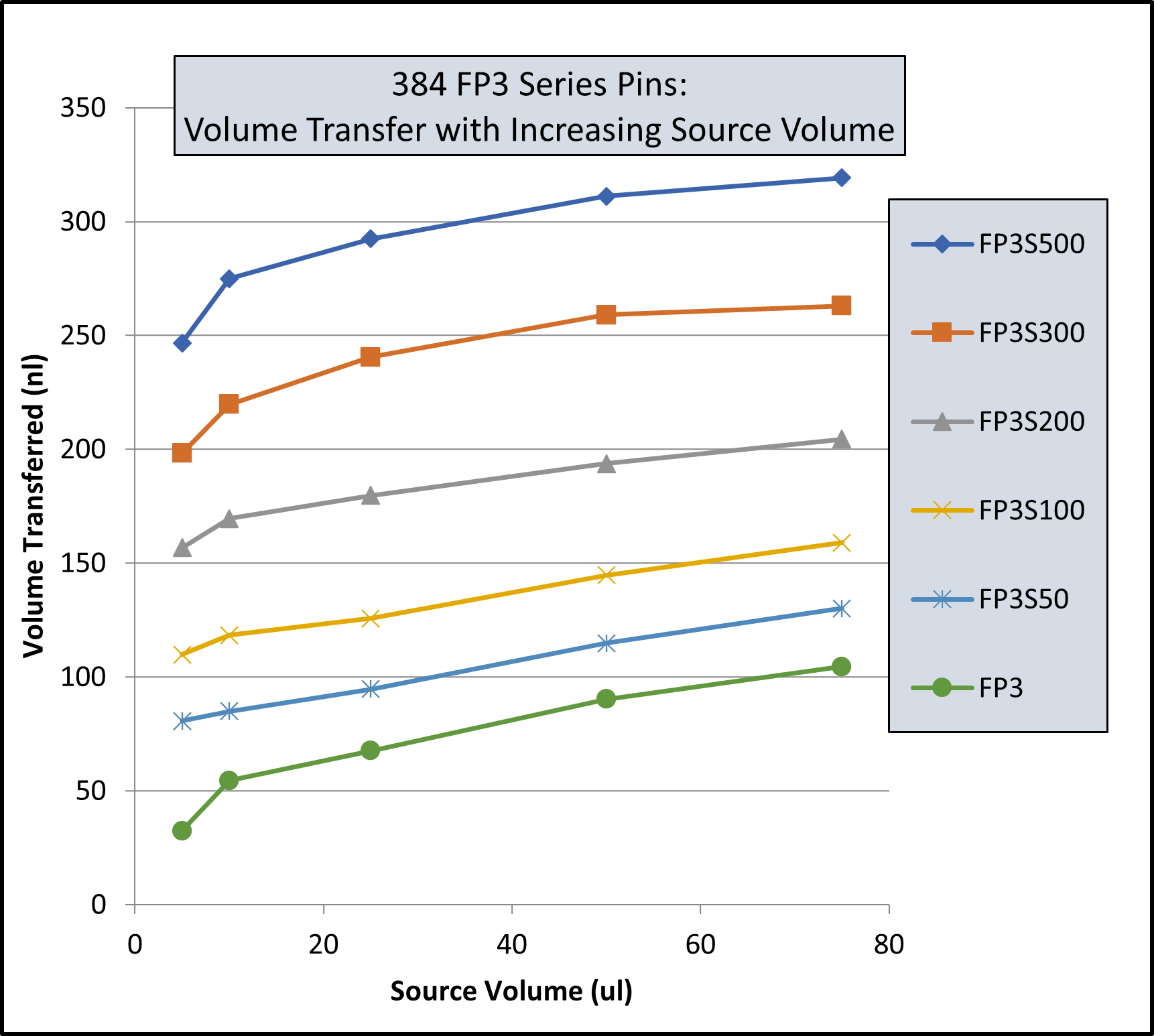Critical Surface Tension Background
Many of our customers are concerned about non-specific binding of proteins and lipids or lipo-proteins to the Replicator pins. One way of reducing this non-specific binding is the /ah surface energy modification system. V&P Scientific is using this system to alter the wetting characteristics of the pins. Simply put, a pin that is not wetted by a particular liquid has a lower critical surface tension than the surface tension of the liquid. A pin not wetted by the particular liquid is often said to “repel” the liquid, and the liquid beads up on the non-wetted pin. Conversely, if the particular liquid wets the pin, a drop will spread out on the pin surface.
What is Superhydrophobic coating? (Differentiation of Wettability)
The Wettability of solid surfaces according to the contact angle is divided into hydrophilic, hydrophobic, superhydrophobic.
Hydrophilic is a water-contact angle of 0°<θ≤90°, hydrophobic is 90°<θ≤150°, and superhydrophobic is 150°<θ≤180
What is a contact angle?
The Contact angle is the angle formed when liquids and gases are thermodynamically balanced on a solid surface. It is a measure of the Wettability of a solid surface, called the water contact angle when measuring it with water.
Surface Wettability and the /ah Surface System
In the process of measuring and dispensing liquids, carry over, or the liquid that clings to the substrate after dispensing, is principally a result of the intermolecular attraction between the substrate and the liquid. In the ideal situation, the surface of the substrate should always have a lower critical surface tension than that of the liquid being measured or dispensed. The critical surface tension of liquids varies considerably, and the previously illustrated Young’s equation does not take into consideration many factors found in the real world. However, most free flowing liquids have a critical surface tension greater than 20 dynes/cm.
Teflon® and other inert polymers are generally non-wetting, but there are several essential limitations to the use of Teflon® (polytetrafluoroethylene) and Parylene (poly-xylene) as a treatment for surfaces to reduce the surface tension. Teflon coatings are generally thick to ensure conformal coatings, which limits its use for small items or small inside diameter tubes or in fine channels on the substrate. Teflon is essentially a non-stick coating which brings to mind the classic paradox of trying to get a non-stick coating to stick to the substrate. Teflon coatings do not bond well with any smooth surface and are easily removed from metallic and ceramic substrates by small forces perpendicular to the bond, as might be found in a sliding friction situation. Teflon is very soft and has a very low durometer value. A damage defect penetrating the coating to the surface of the substrate is very hard to avoid, even from routine handling and this problem increases considerably as attempts are made to produce thinner coatings. Teflon is opaque, and when the depth is sufficient to produce a conformal coating, the surface is white.
The /ah surface system differs from Teflon in that it is non-polymeric. It is bonded to the substrate with considerable adhesion (in the range of 3-5 thousand pounds per square inch). The /ah system was designed to produce a uniform conformal surface in very deep, very small inside diameter holes and tubing bores. /ah can be applied to a variety of substrates with excellent results. The critical surface tension of the treated /ah surface is typically about 20 dynes/cm. The finished /ah surface is hydrophobic and is wet by almost no liquids, is lipophobic, and does not bind with proteins or hemoglobin. The /ah system resists all acids (except hot hydrofluoric) and all solvents. [Note: /ah is not resistant to strong bases.]
The /ah system is fundamentally transparent in the visible spectrum and provides for dry lubrication and decreased sliding resistance. The /ah system is applied at low process temperatures ensuring the metallurgic properties of the substrate are preserved. Whereas Teflon and Parylene treatments are typically several microns deep to provide for a functional coating, the /ah system adds only 1500 Angstroms (0.15um) to the surface, in a uniform, conformal surface. The working temperature range of surfaces with the /ah system is –20°C to +300°C. Other surface energy modification processes use plasma energy which may damage the surface of the substrate; plasmas are not involved in applying /ah. The durability is far greater than Teflon or Parylene.
Summary of the /ah Surface System
The /ah system provides for increased delivery accuracy and repeatability, reduced scaling and scale deposition, reduction in the coefficient of sliding friction, improved resistance to solvents and acids, and protection from chlorides and corrosion.
All of our Replicators can be obtained with /ah hydrophobic/lipophobic coated pins.







